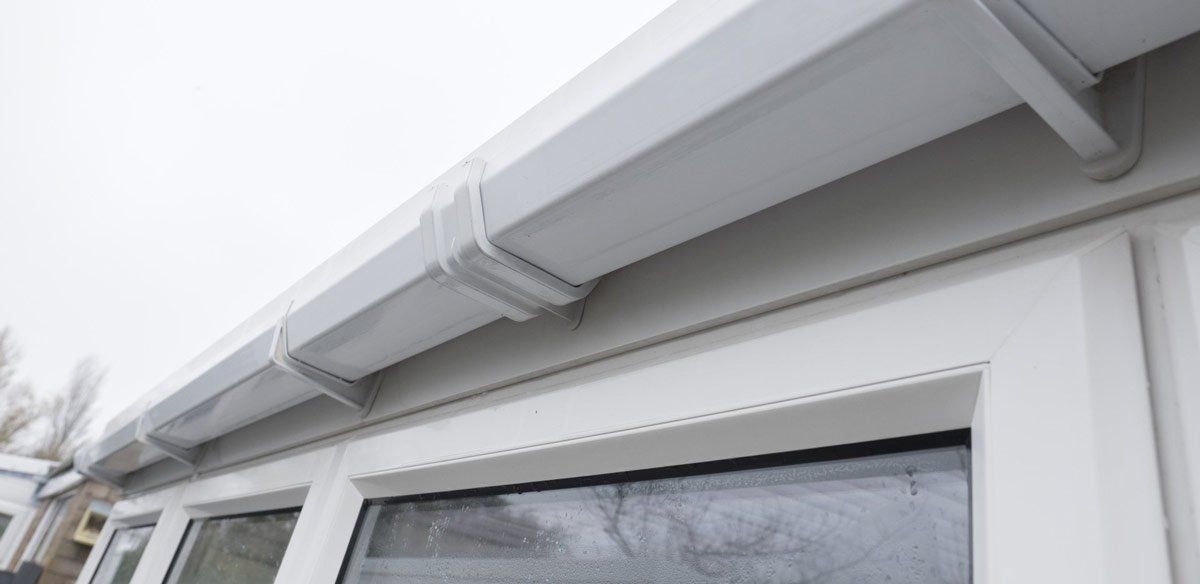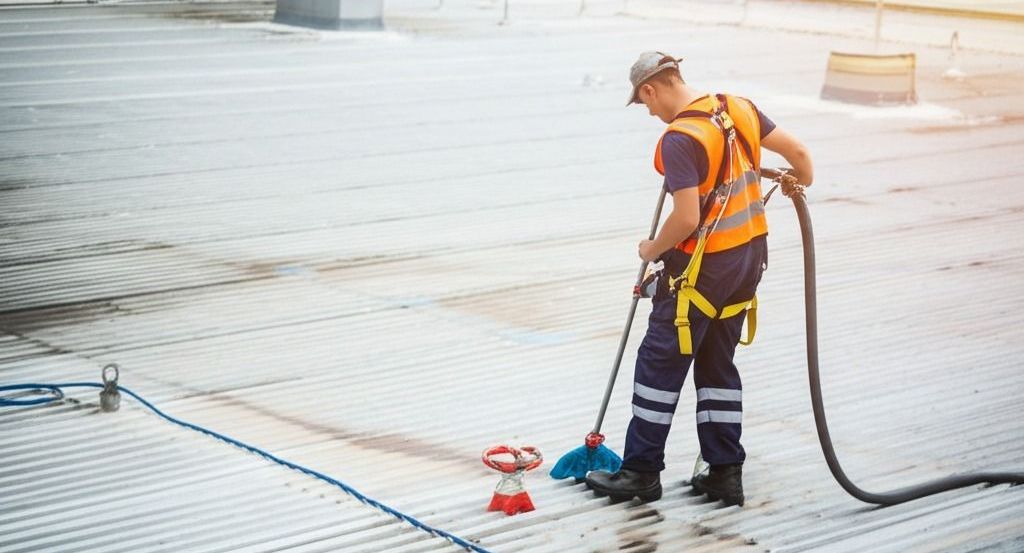Practical Steps to Keep Your Conservatory Mould-Free
Protecting Your Home's Oasis from Unsightly and Harmful Mould Growth
Conservatories are a popular addition to many UK homes, offering a beautiful and versatile space that brings the outdoors in. However, due to their unique design and exposure to the elements, conservatories can be particularly susceptible to mould growth.
Not only is mould unsightly, but it can also pose health risks and cause damage to your conservatory's structure over time.
In this article, we'll provide you with practical tips and expert advice on how to keep your conservatory mould-free, ensuring it remains a healthy and inviting space for you and your family.
Understanding Mould Growth in Conservatories
Mould thrives in damp, poorly ventilated environments, making conservatories a prime target for growth. Several factors can contribute to mould growth in conservatories:
- Humidity: High humidity levels, often caused by poor ventilation or leaks, can create the perfect conditions for mould to flourish.
- Condensation: Temperature differences between the inside and outside of your conservatory can lead to condensation on surfaces, providing the moisture mould needs to grow.
- Leaks: Leaks in the roof, gutters, or frames of your conservatory can introduce moisture and encourage mould growth.
- Poor Ventilation: Inadequate ventilation can trap humid air inside your conservatory, leading to a build-up of moisture and an increased risk of mould.
Practical Steps to Prevent Mould Growth in Your Conservatory
By taking proactive steps to address the factors mentioned above, you can significantly reduce the risk of mould growth in your conservatory:
- Improve Ventilation: Ensure your conservatory has adequate ventilation by opening windows and doors regularly, particularly after activities that generate moisture, such as cooking or showering. Consider installing trickle vents or an extractor fan to help regulate humidity levels. Additionally, keep furniture and plants away from the walls to allow for proper air circulation.
- Control Condensation: To minimise condensation, keep the temperature inside your conservatory consistent and use a dehumidifier to remove excess moisture from the air. Wipe down any visible condensation from surfaces daily, paying extra attention to window sills, frames, and glass. If your conservatory has a glass roof, consider installing self-cleaning glass or applying a hydrophobic coating to help prevent condensation buildup.
- Fix Leaks Promptly: Regularly inspect your conservatory's roof, gutters, and frames for signs of leaks or damage. Check for cracked or missing sealant around windows and doors, and ensure that the flashing around the conservatory's base is intact. If you identify any issues, have them repaired promptly by a professional to prevent moisture from entering your conservatory.
- Choose Mould-Resistant Materials: When furnishing your conservatory, opt for mould-resistant materials, such as outdoor-grade fabrics, plastic, or metal. Avoid using porous materials like untreated wood, which can absorb moisture and promote mould growth. If you have existing wooden furniture, consider applying a protective sealant to help repel moisture.
- Maintain Regular Cleaning: Clean your conservatory regularly, paying close attention to areas where mould is likely to grow, such as corners, crevices, and window sills. Use a mild detergent solution and a soft brush or cloth to remove any visible mould or dirt. Don't forget to clean the conservatory roof, both inside and out, to prevent the buildup of dirt and algae that can contribute to mould growth.
Dealing with Existing Mould Growth
If you already have mould growth in your conservatory, it's essential to address it promptly to prevent further spread and potential health risks:
- Identify and Address the Source: Before attempting to remove the mould, identify the source of the moisture that's causing it. Address any leaks, condensation, or ventilation issues to prevent mould from reoccurring. If the mould growth is extensive or if you suspect a serious underlying problem, consider hiring a professional to assess the situation and recommend the best course of action.
- Protect Yourself: When cleaning mould, wear protective gloves, goggles, and a face mask to avoid inhaling spores or coming into direct contact with the mould. Ensure the area is well-ventilated by opening windows and doors, and avoid using fans, as they can spread mould spores to other parts of your conservatory.
- Use a Mould Removal Solution: Mix a solution of mild detergent and water, or use a specialised mould removal product, following the manufacturer's instructions carefully. Apply the solution to the affected areas using a soft brush or cloth, and scrub gently to remove the mould. For harder-to-reach areas or porous surfaces, consider using a spray bottle to apply the solution and allow it to sit for a few minutes before scrubbing.
- Rinse and Dry Thoroughly: After cleaning, rinse the treated areas with clean water to remove any remaining mould and cleaning solution. Use a clean, dry cloth or towel to wipe down the surfaces and ensure they are completely dry. If necessary, use a dehumidifier or open windows to help speed up the drying process.
- Monitor and Repeat as Needed: Keep an eye on the treated areas and repeat the cleaning process if necessary. If mould growth persists despite your efforts, consider hiring a professional mould remediation service to address the issue.
Keeping your conservatory mould-free is essential for maintaining a healthy, beautiful, and inviting space.
By understanding the factors that contribute to mould growth and taking practical steps to address them, you can significantly reduce the risk of mould in your conservatory.
Regular cleaning, improved ventilation, and prompt attention to leaks and condensation are key to preventing mould growth and ensuring your conservatory remains a cherished part of your home.








